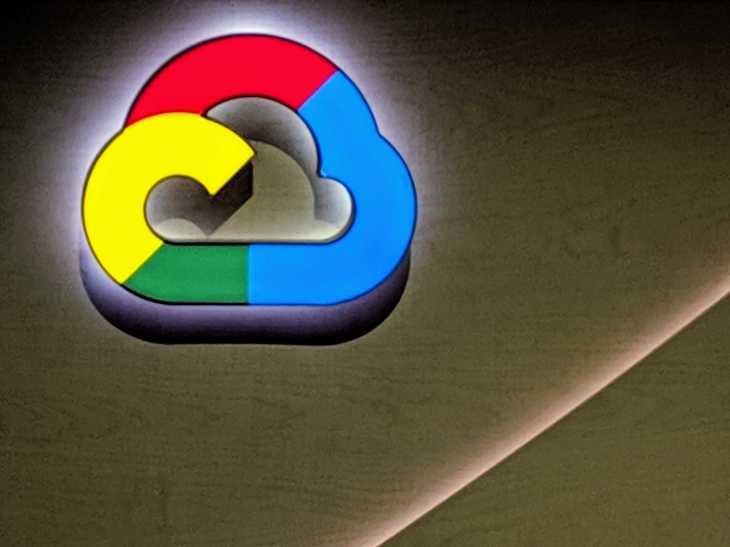
Two of the biggest trends in applications development in recent years have been the rise of serverless and containerization. Today at Google Cloud Next, the company announced a new product called Cloud Run that is designed to bring the two together. At the same time, the company also announced Cloud Run for GKE, which is specifically designed to run on Google’s version of Kubernetes.
Oren Teich, director of product management for serverless, says these products came out of discussions with customers. As he points out, developers like the flexibility and agility they get using serverless architecture, but have been looking for more than just compute resources. They want to get access to the full stack, and to that end the company is announcing Cloud Run.
“Cloud Run is introducing a brand new product that takes Docker containers and instantly gives you a URL. This is completely unique in the industry. We’re taking care of everything from the top end of SSL provisioning and routing, all the way down to actually running the container for you. You pay only by the hundred milliseconds of what you need to use, and it’s end-to-end managed,” Teich explained.
As for the GKE tool, it provides the same kinds of benefits, except for developers running their containers on Google’s GKE version of Kubernetes. Keep in mind, developers could be using any version of Kubernetes their organizations happen to have chosen, so it’s not a given that they will be using Google’s flavor of Kubernetes.
“What this means is that a developer can take the exact same experience, the exact same code they’ve written — and they have G Cloud command line, the same UI and our console and they can just with one-click target the destination they want,” he said.
All of this is made possible through yet another open-source project the company introduced last year called Knative. “Cloud Run is based on Knative, an open API and runtime environment that lets you run your serverless workloads anywhere you choose — fully managed on Google Cloud Platform, on your GKE cluster or on your own self-managed Kubernetes cluster,” Teich and Eyal Manor, VP of engineering, wrote in a blog post introducing Cloud Run.
Serverless, as you probably know by now, is a bit of a misnomer. It’s not really taking away servers, but it is eliminating the need for developers to worry about them. Instead of loading their application on a particular virtual machine, the cloud provider, in this case, Google, provisions the exact level of resources required to run an operation. Once that’s done, these resources go away, so you only pay for what you use at any given moment.







